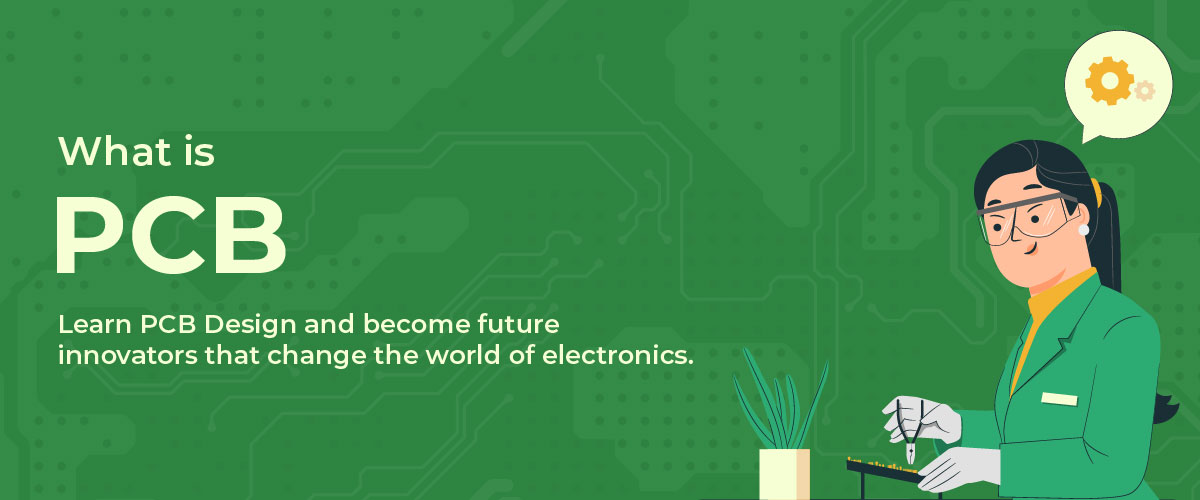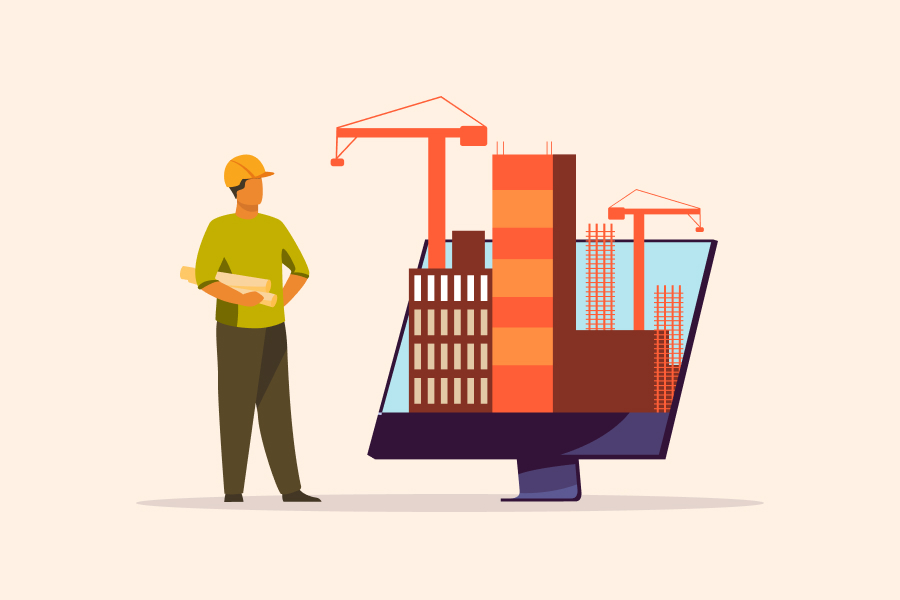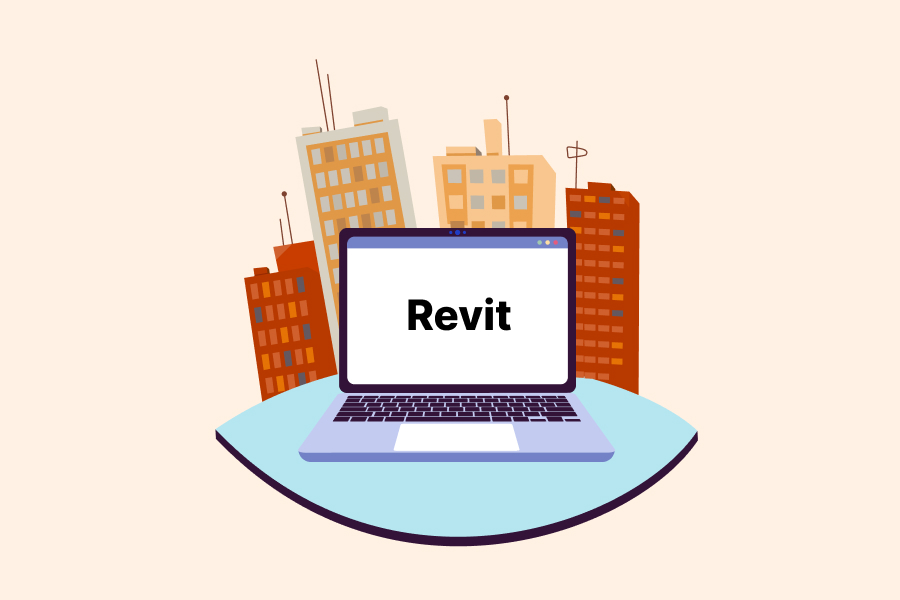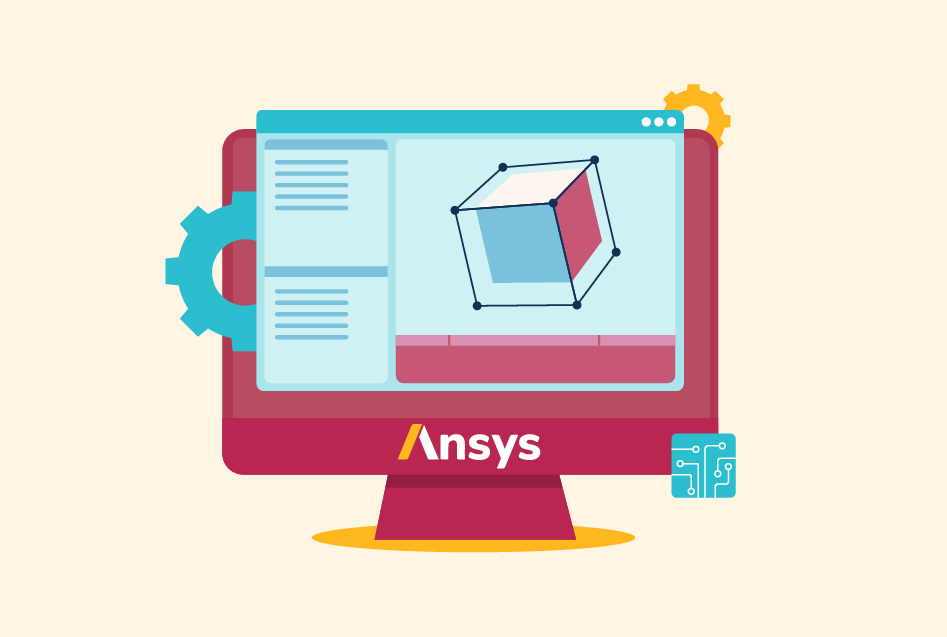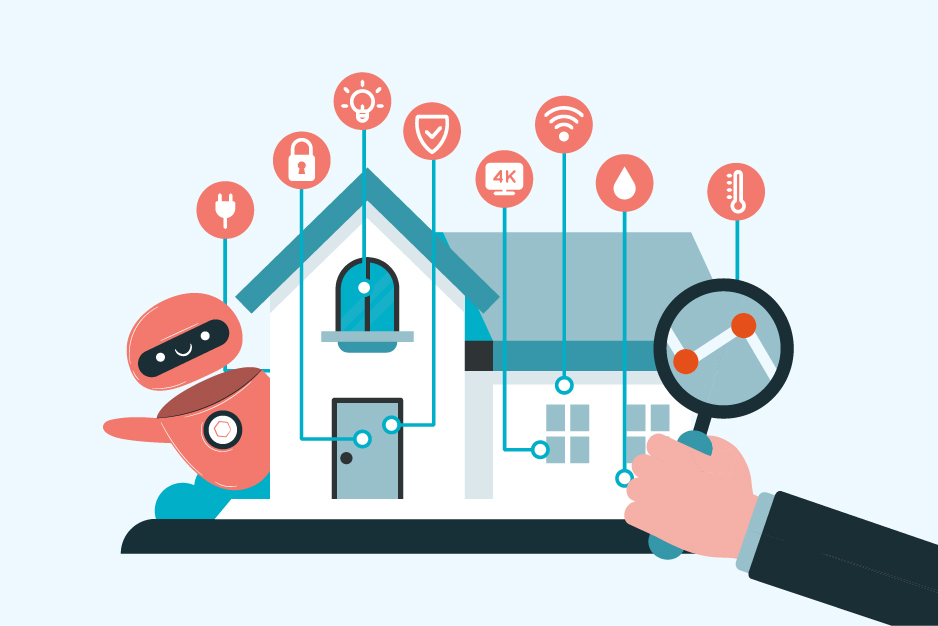What is PCB?
Printed circuit boards or PCBs have a fascinating history that begins in the early 20th century. Albert Hanson, a German inventor, submitted the first PCB patent application in 1903 after developing the concept of employing metal foil to make an electrical route on an insulated surface.
PCBs didn’t take off as a technology until the 1940s. PCBs offered the US military during World War II a dependable and small method of connecting parts in radios and other electronic devices. As technology spread throughout the electronics sector, the 1950s saw the introduction of PCBs on a widespread scale.
Today, PCBs are found in a wide range of devices, including computers, cell phones, and even spaceships. They have transformed the creation of electronic products, making them lighter, portable, and more dependable than before.
A vast network of circuitry is hidden behind every electronic gadget, and at its core is a printed circuit board (PCB). So today, let’s understand what is PCB, what PCB stands for, the use of PCB in operating systems, and more.
Introduction to PCB
A flat board of insulating material with conductive pathways carved into its surface to link electrical components is known as a printed circuit board (PCB). In the electronics sector, PCBs are frequently used to support and link electronic parts such as microprocessors, capacitors, resistors, and sensors. They are used in a wide range of products, like computers, TVs, medical devices, telecommunications gear, and cars.
The invention of printed circuit boards has been a boon to technological advancements. It has evolved as a tool for the optimization of electronic products easily. PCB provides support to electronic devices so that the device can be placed in an enclosure.
The structure of the PCB is plated and covered with a solder mask (non-conductive) with a printed silk screen material on the top. The bare board with these fabrications in place is then sent to the printed circuit board assembly. Here, the components are soldered to the board to test the PCB.
Components of PCB
Now, that we understand what is PCB, let’s look at its components. Components of PCB enable the construction of the entire circuit board. You can learn about PCB and its components by taking a PCB design course from the comfort of your home. For the smooth functioning of PCB, every component needs to perform its designated functions. There are two components of PCB:
- The Electrical Components
- The Mechanical Components
Electrical Components
The electrical or active components are dependent on electrical energy to perform their role. These components are placed on the PCB using Surface Mount Technology or Through Hole Technology. These are the process technologies used for the design and configuration of the PCB. The electrical components are either soldered directly or passed into the circuit board. Electrical components including
- Resistors: They enable safe regulation of the current. The main purpose of a resistor is to provide the biasing for the smooth operation of other elements including the transistors and integrated circuits.
- Capacitors: The function of a capacitor is to contain energy as an electrostatic field by two conducting plates separated by an insulator. They are present in various devices to control electrical pressure or voltage.
- Diodes: The purpose of this component is to transmit current in a direction and block the flow in the opposite direction. The most commonly used diodes are: the Backward diode, Gunn diode, Light emitting diode, PIN diode, and PN Junction diode.
- Transistors: This device plays an important role in switching or amplifying electronic signals.
Mechanical Components
The mechanical components or the passive components provide secondary support to the PCB. Mechanical components include screws, connectors, shields, and other related components.
They are the base materials on which the circuit is built. They are made of non-conductive materials (fiberglass, epoxy, and resin) laminated with a thin layer of conductive material on one or both sides to create the circuit pattern.
The core comprises a glass cloth cured in epoxy, with copper foils on each side. The pads present enable the electric connection between two components. Some of the mechanical components are as follows:
Copper Foils- They are the most vital component as they provide electrical connection between external components.
Solder Mask- To protect the copper traces, the PCB fabricator guards with an epoxy coating known as a solder mask.
Silk Screen – The silk screen guides the assemblers and other mechanical components to their proper positioning, orientation, and polarity on the PCB.
Types of PCBs
Now that we understand what is a PCB board and its components, let’s look at its types. The types of PCBs can be determined by the materials used to build the stacks. A PCB is determined as per necessity. The types of PCBs are as follows:
Single-Sided PCBs
They are known as the simplest form of PCB. They have all the components and the copper traces are found on both sides of the board. These kinds of PCBs are found in simple devices like LED lighting, calculators, etc.
Double-Layer PCBs
These kinds of PCBs have copper traces and components on both sides of the board connected by vias that pass through the board. They are more complex and are found mostly in advanced electronic products like automobiles.
Multi-Layer PCBs
The PCBs of these kinds have multiple layers of conductive and insulating material allowing for more complex circuits with higher component density. They are used in electronic devices like computers, smartphones, and medical devices.
Rigid PCBs
The rigid PCBs are made up of materials like fiberglass or epoxy. They are lightweight and can be used in high-end electronic applications. The purpose of using the rigid material is to make the board not flexible.
Flexible PCBs
The PCBs of these kinds are made up of flexible materials like polyamide so that they can be bent or folded to fit into tight spaces. These are used in the applications where the space is limited, like medical devices and automotive electronics.
Flex-Rigid PCBs
The combination of rigid and flexible PCBs increases the utility of the application by allowing for advantages of both kinds. For example, aerospace applications and military electronics.
Conclusion
PCB can be defined as a board that creates an electronic connection between two components using copper conduction. PCB or printed circuit board consists of insulating pads between two conductors Printed circuit boards have made creating contemporary electronics simpler as they are less complex.

